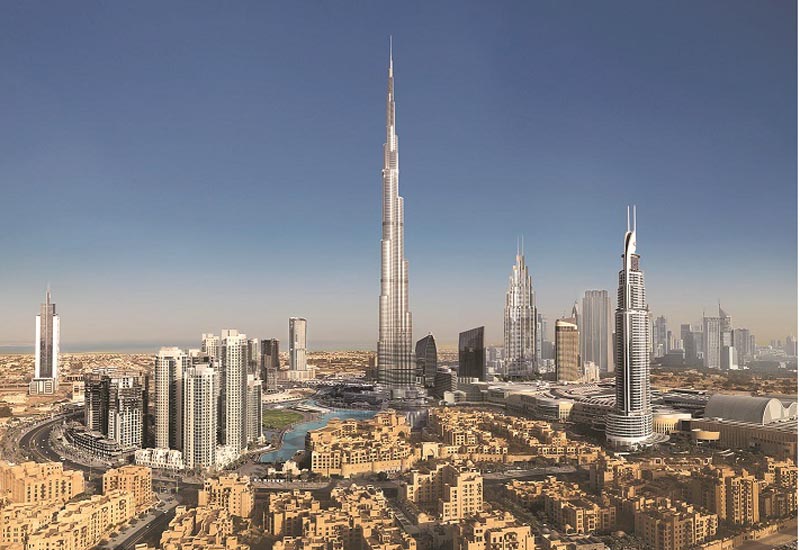A total of 6,800 branded hotel keys were added to the UAE’s hotel market in 2017 as key source markets, particularly Russia, saw a 98% increase in visitors, according to a newly released market review from Colliers International.
According to the data, 78% of the new branded hotel keys were located in Dubai and 10% in Abu Dhabi. While the UAE ended 2017 with 77,700 branded hotel keys, the number is expected to increase to 90,600 over the course of 2018 and to 119,000 in 2020.
Notably, 2017 saw an upswing in visitors from a number of key source markets. Arrival from Russia, for example, rose an estimated 98% in 2017 as opposed to 2016, while Chinese arrivals grew by double digits in 2017 following the introduction of visa-on-arrival in November 2016.

| Advertisement |
Colliers predicts that occupancy rates are expected to increase due to strong growth in demand while increased competition from new hotels will result in a slight rate compressing effect.
Leisure demand is expected to increase further with the introduction of new anchors such as La Mer, Dubai Safari Park, the Dubai Frame and Warner Bros Abu Dhabi.
In neighbouring Saudi Arabia, hotel room supply rose 13% in 2017, with the vast majority of new keys coming from Makkah.
According to Colliers, 3,800 keys – 73% – of Saudi Arabia’s new room supply came from Makkah. The total number of branded hotel keys in Saudi Arabia in Q4 2017 was 44,200, compared to 39,000 in Q4 2016.
The number is expected to rise to 55,800 throughout the 2018 fiscal year, then to 72,000 and 85,200 in 2019 and 2020, respectively.
Notably, Madinah was the only city to experience an increase in occupancy levels in 2017, partly due to a lack of hotel openings during the course of the year.
Because of increased visa quotas, the number of Hajj pilgrims in the Kingdom rose from 1.9 million in 2016 to 2.4 million in 2017.
In its outlook for the future, Colliers noted that – based on historical trends – 20% to 30% of the large future supply forecast may be delayed by a year or two, even as more foreign visitors travel to Saudi Arabia following the implementation of tourist visas in 2018.





